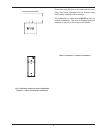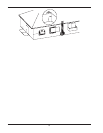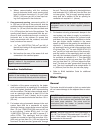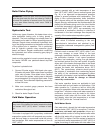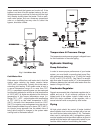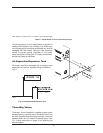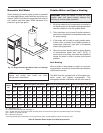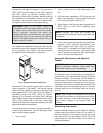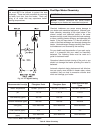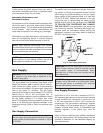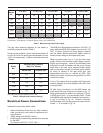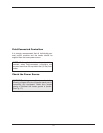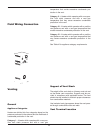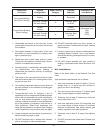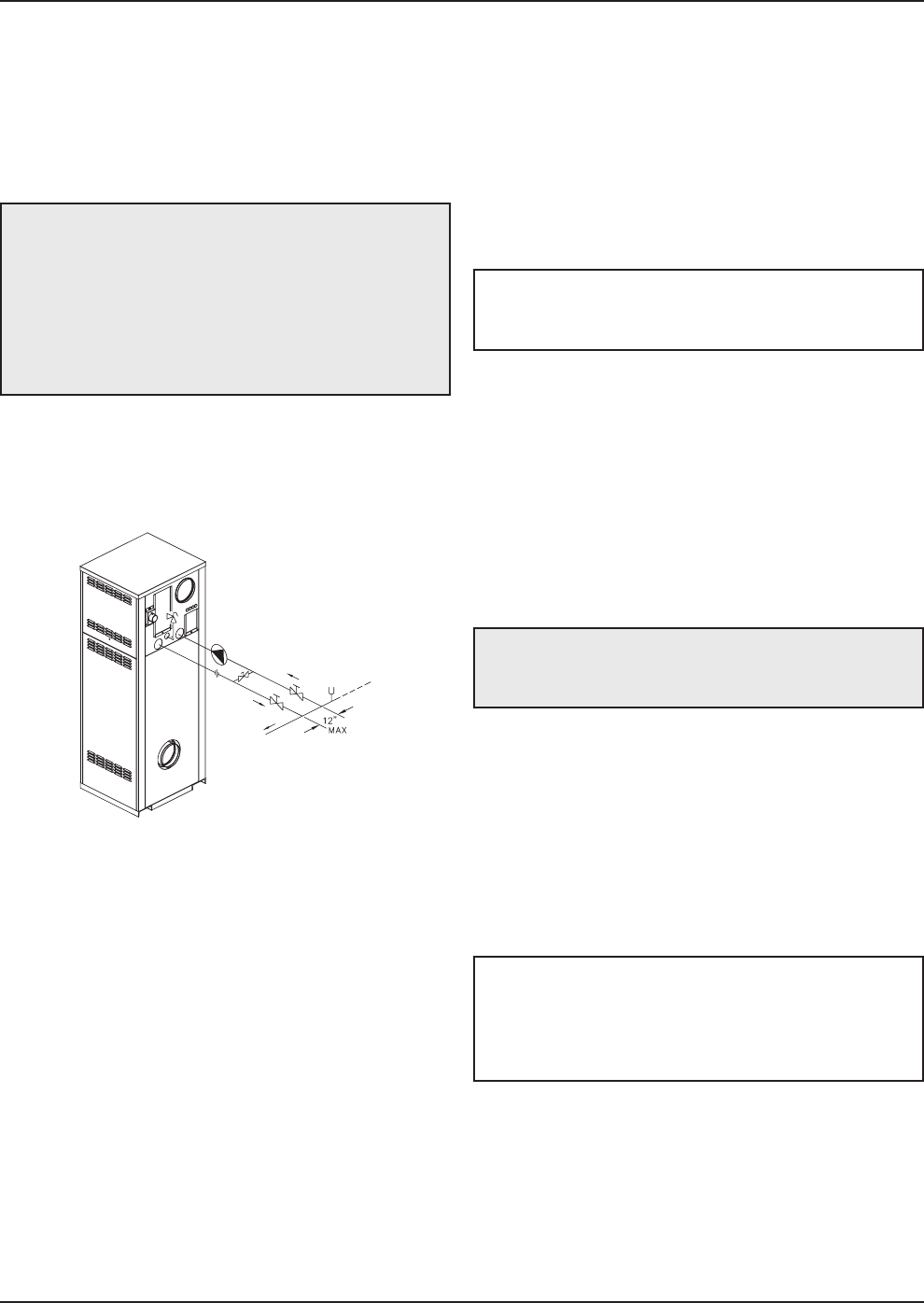
17
increase the inlet water temperature to a minimum of
105°F (40°C) for Pool Heater (P and WHP) versions
and 120°F (49°C) for Hydronic Heating (H7) or
Domestic Hot Water (WH1) versions, thereby reducing
the likelihood of condensation forming on the heat
exchanger. The pump also serves to circulate water
through the heater from the main system piping.
To complete the installation of the pool heater, the pool
thermostat needs to be installed in the main return wa-
ter line, upstream of the heater. This will ensure that
the heater will be energized at the right time.
Adjustment of the manual bypass valve is critical to
proper operation of the heater. The manual bypass
valve should be adjusted to achieve a minimum inlet
water temperature of 105°F (40°C) for Pool Heater (P
and WHP) versions and 120°F (49°C) for Hydronic
Heating (H7) or Domestic Hot Water (WH1) versions
and a system supply water temperature below 140°F
(60°C). When starting with a cold pool, make initial
adjustments. Make final adjustments when pool water
approaches desired temperature.
The use of a bypass is required for proper operation in
a pool heating application. Use the following instruc-
tions to set the manual bypass:
1. Turn on pump.
CAUTION: Power to the heater should be
interlocked with the main system pump to make sure
the heater does not fire without the main system
pump in operation. Improper flow control can
damage the heater. Uncontrolled flow (too high) or
restricted flow (too low) can seriously damage the
heater. Follow these instructions to make sure your
heater is properly installed.
2. Turn on heater and wait until heater goes to full
fire.
3. With the heater operating at 100% firing rate, set
Valve A (the bypass) to
1
⁄2 open position, and Valve
B to fully open position. See Fig. 14.
4. Adjust Valve A until the inlet water temperature is
105°F (40°C) or 120°F (49°C) depending upon
heater type.
5. If this process does not raise the inlet water tem-
perature to 105°F (40°C) for Pool Heater (P and
WHP) versions and 120°F (49°C) for Hydronic
Heating (H7) or Domestic Hot Water (WH1) ver-
sions and Valve A is fully open, then slowly throttle
Valve B closed to increase the inlet water temper-
ature to the required temperature.
Automatic Chlorinators and Chemical
Feeders
All chemicals must be introduced and completely di-
luted into the pool or spa water before being circulated
through the heater. Do not place chlorine tablets or
bromine sticks in the skimmer. High chemical concen-
trations will result when the pump is not running (e.g.
overnight). Chlorinators must feed downstream of the
heater and have an anti-siphoning device to prevent
chemical back-up into the heater when the pump is
shut off.
Winterizing Your Heater
Heaters installed outdoors as pool heaters in freezing
climate areas should be shut down for the winter. To
shut down heater, turn off manual main gas valve and
main gas shut-off. Close isolation valves. Drain the
heater using the hose bibs located on the bottom of
the heat exchanger.
Fig. 13: Single Pool Heater Application
CAUTION: Combustion air must not be contami-
nated by corrosive chemical fumes which can
damage the heater and void the warranty.
NOTE: Opening the valve will increase the
temperature and closing the valve will decrease the
temperature.
NOTE: High chemical concentrates from feeders
and chlorinators that are out of adjustment will cause
very rapid corrosion of the heat exchanger in the
heater. Such damage is not covered under the
warranty.



